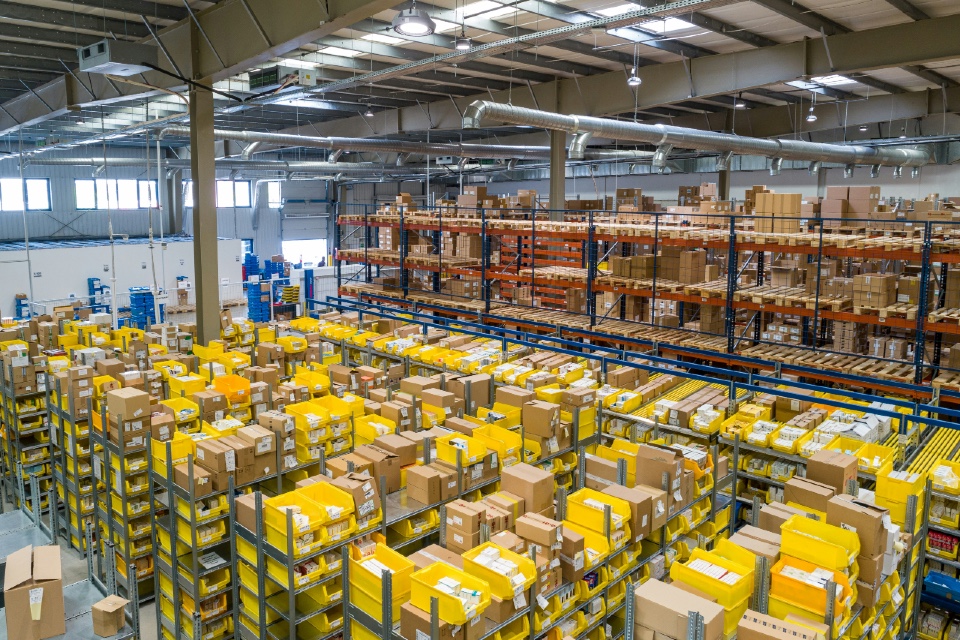A new study says 54% of supply chain and logistics leaders surveyed are focused on automating non-value-added and repetitive tasks with technology to improve worker productivity in the face of notable workforce shortages, underscoring the many functions that are routine and non-integrated, requiring manual intervention.
To help drive productivity gains for labor workers, the top technology choices in the Descartes study were delivery route optimisation (54%) and driver mobile productivity (45%) solutions. For knowledge workers, the top technology choice in the study was real-time shipment tracking (53%).
In addition to making technology investments to help combat supply chain and logistics workforce shortages, the study indicates companies are also adapting their recruitment and retention strategies and tactics. According to the study, hiring laborers (e.g., warehouse workers and drivers) and knowledge workers (e.g., planners, managers, analysts) were the top areas cited (54%) as having been altered the most to address workforce availability challenges. Study findings also revealed that working time flexibility (35%) and adopting the latest technologies (34%) were the top strategies for attracting workers, while on-the-job training and education compensation (35%) and higher pay (34%) were the top strategies for retaining workers.
“The workforce problem is pervasive, and the study confirms that most supply chainand logistics organizations have made changes to their operational, technology, recruitment and retention strategies to help combat the issue,” said Chris Jones, EVP, Industry at Descartes. “Based on the results of the study, we believe that employers should continue to invest and evolve to get the most they can from their existing resources and focus on more than money to hire and retain a capable workforce.”
The study’s results also showed that the strategies, tactics and technologies used by companies to address labor constraints vary by financial performance, growth, management’s perceived importance of supply chain and logistics operations, and by how successful employee retention programs are.
Descartes and SAPIO Research surveyed 1,000 supply chain and logistics decision-makers in late 2023 across three sectors: a) manufacturing, distribution and retail; b) carriers; and c) logistics services providers. The goal was to understand what supplychain and logistics organizations are doing to improve worker productivity, attract and retain employees and find alternate labor sources to mitigate workforce challenges today and in the future. Respondents were based across nine European countries, Canada and the United States, and held Owner, C-Suite, Director and Manager-level positions in their respective organizations.
For the full report, read What Are Companies Doing to Survive the Supply Chain and Logistics Workforce Challenge?
Photo by Adrian Sulyok on Unsplash







